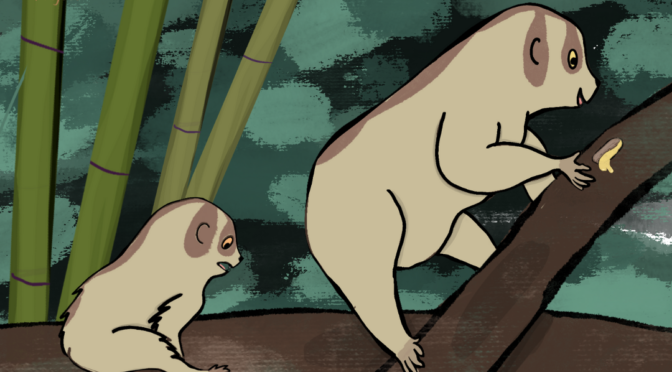We all know, being a mom is a hard task. Our moms all once experienced the difficulty of child bearing. It is no different with these female lorises. Once they get pregnant and begin lactating, she is gonna need the utmost care. While there is no evidence of alloparenting in slow lorises currently, we could assume that these moms have to take care of their needs all by themselves.

Pregnancy and milk production incur additional costs for female primates. How do they gonna deal with the sudden change of need? There may be tons of explanation that can be given to that, but what I’m curious about is the diet changes in the favour to suffice the nutrient needed for the growth of the fetus and the baby.
Slow loris have an unusually low basal metabolic rate. It has been proposed that this slow metabolism is due primarily to the need to eliminate toxic compounds from their food. So, we might wonder, does female loris alter their diet in order to reduce the intake of the toxic compounds? Or do they increase the amount of their overall diet so there will be enough calories and nutrients—despite the toxic compounds being present?
One of the reason these questions need to be answered is so we could have a better understanding of lorises wild diets. We need to reproduce a wild diet in captivity better so it can cater to their development needs, especially for pregnant and lactating female lorises since it affects their offspring well-being. I look forward to sharing the results in the future!

